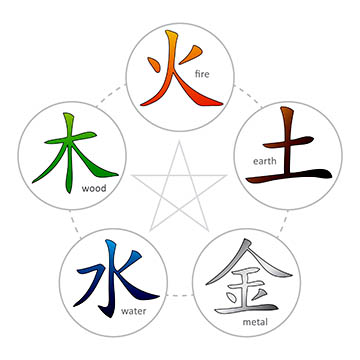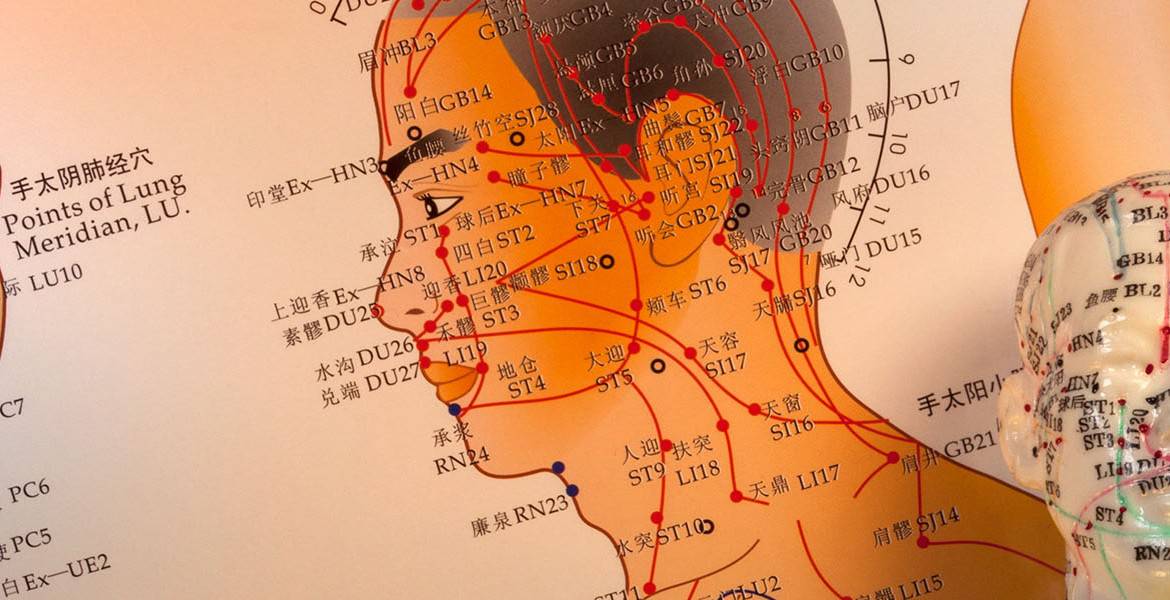Classical Chinese Acupuncture
 A deep reaching system in Classical Chinese Medicine is the five element tradition of acupuncture, which dates back in written form over 4800 years.
A deep reaching system in Classical Chinese Medicine is the five element tradition of acupuncture, which dates back in written form over 4800 years.
Described in The Yellow Emperor’s Classical of Internal Medicine (Huang Di Nei Jing Su Wen), Chinese acupuncture comes from an agricultural society that lived close to Nature, and the rhythms of the seasons.
From thousands of years of astute observations of the natural world came the five element model, which describes the flow of energy both in the world around, and within us.
One of the central understandings of five element medicine is that our problems and symptoms are intricately connected, and that treating the whole person—in body, mind and spirit—is an effective and long lasting way to both address symptoms and promote wellbeing.
A unique aspect of modern five element Chinese acupuncture is its constitutional approach.
While we all have the different qualities of the five elements, one is the place of both our greatest strength and weakness, our constitution.
This approach can help us experience a deeper understanding of who we are, and our unique purpose in life. These five elements are Water, Wood, Fire, Earth and Metal, which correspond to the five seasons, with the fifth being the late summer or harvest.
The relationships between the elements describes how the flow of energy in Nature and within us both nourishes (increases) and controls (decreases), thereby encouraging balance.


